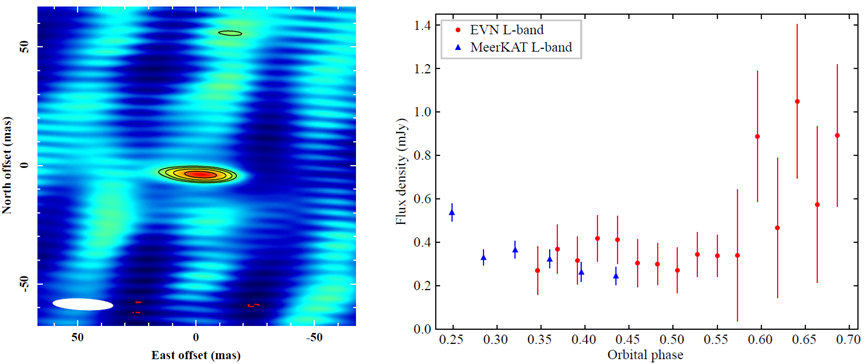Jan 25, 2024
High resolution study reveals the radio nature of the magnetic propeller cataclysmic variable J0240+1952
Using Very Long Baseline Interferometry ( VLBI ) observations .Researchers from the Xinjiang Astronomical Observatory ( XAO ) of the Chinese Academy of Sciences have imaged the compact radio emission region and detected radio flare event...Using Very Long Baseline Interferometry (VLBI) observations, researchers from the Xinjiang Astronomical Observatory (XAO) of the Chinese Academy of Sciences have imaged the compact radio emission region and detected radio flare events fo...



